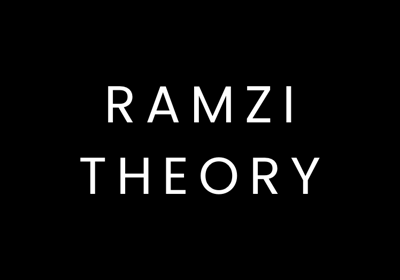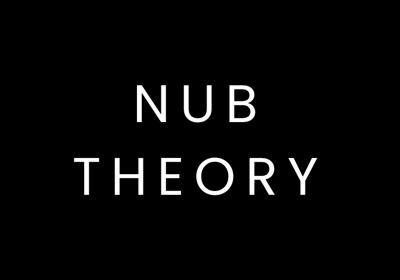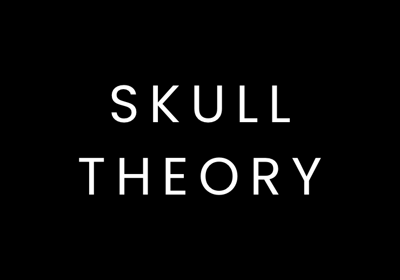Ultra Sound Prediction Methods
Explore our three unique methods for predicting your baby's gender from just 6 weeks of pregnancy.
Ramzi Theory
Utilizes ultrasound images to determine gender based on the placenta's location and its implications.
Skull Theory
Examines the angle of the nub to determine if you are having a boy or girl baby.
Nub Theory
Ramzi Theory
Early Gender Prediction: The Ramzi Theory for Determining Baby's Sex
Are you eagerly anticipating the arrival of your little one and wondering about their sex? While ultrasound remains the most reliable method, some parents explore alternative theories for early gender prediction. One such theory is the Ramzi Theory. This theory proposes that the location of the chorionic villi (which later forms the placenta) in relation to the uterine wall can indicate the baby's sex as early as six weeks.
How Does the Ramzi Theory Work?
The Ramzi Theory suggests that if the chorionic villi are located on the right side of the uterus, it indicates a male fetus, while placement on the left side suggests a female fetus. This theory is based on the idea that fetal sex hormones influence the lateralization of placental development.
Key Features of the Ramzi Theory:
Proponents of the Ramzi Theory analyze ultrasound images to determine the location of the chorionic villi:
Right Side Placement: If the chorionic villi appear on the right side of the uterus, the Ramzi Theory suggests a boy.
Left Side Placement: If the chorionic villi are located on the left side of the uterus, the Ramzi Theory suggests a girl.


Nub Theory
Early Gender Prediction: The Nub Theory for Determining Baby's Sex
Anticipating the arrival of your little one and wondering about their sex? While ultrasound remains the most reliable method, some parents explore alternative theories for early gender prediction. One popular, though not scientifically proven, method is the Nub Theory. This theory focuses on the angle of the "nub," a visible protrusion on the fetal spine in ultrasound images, typically between 12 and 20 weeks gestation.
How Does the Nub Theory Work?
The Nub Theory suggests that the angle of the nub relative to the spine can indicate the baby's sex. A nub angle of 30 degrees or more in relation to the spine is often associated with a boy, while a nub angle of less than 30 degrees (parallel or slightly angled to the spine) is often associated with a girl.
Key Features of the Nub Theory:
Proponents of the Nub Theory analyze ultrasound images, specifically looking at the angle of the nub:
Nub Angle 30 Degrees or More: A nub angle of 30 degrees or more relative to the fetal spine is often associated with a male fetus.
Nub Angle Less Than 30 Degrees: A nub angle of less than 30 degrees (parallel or slightly angled to the spine) is often associated with a female fetus.


Skull Theory
Early Gender Prediction: The Skull Theory for Determining Baby's Sex
Are you eager to know if you're having a boy or a girl? While ultrasound is the most reliable method, some parents explore other avenues for early gender prediction. One popular, though not scientifically proven, method is the Skull Theory. This theory suggests that certain differences in skull shape can indicate a baby's sex as early as 12 weeks gestation.
How Does the Skull Theory Work?
The Skull Theory is based on observed differences between male and female skulls in children and adults. While research on fetal skull differences is limited, proponents of the theory apply these adult characteristics to babies in utero. They claim up to 92% accuracy from 12 weeks onwards, though it's important to remember this is anecdotal and not backed by extensive scientific study.
Key Features of the Skull Theory:
Baby sexing enthusiasts using the Skull Theory look for the following characteristics in ultrasound images:
Skull Shape: A squarer, more angular skull is often associated with a boy, while a rounder, more tapered skull is thought to indicate a girl.
Superior Temporal Line: A more prominent superior temporal line (on the side of the upper skull) is typically linked to male skulls.
Supraorbital Margin: A sharper supraorbital margin (the bone below the eyebrow) is often associated with females, while a rounder, less defined margin is linked to males.
Superciliary Arch: A wider and more pronounced superciliary arch (above the eyebrow) is typically associated with male skulls.


Predictions by Ultra Early
Explore our three methods for predicting your baby's gender today.












Important Note:
Curious about your little one's sex? We're here to help! As baby prediction specialists, we're passionate about empowering pregnant moms with knowledge and insights. Say goodbye to the endless weeks of waiting and hello to a fun and informative experience. We offer a range of resources and entertainment related to baby sexing, pregnancy, and birth, designed to make your pregnancy journey even more special.
Disclaimer: For entertainment only! We love sharing our baby prediction methods, but it's important to know they're not scientifically proven. Research is ongoing, and while we're confident in our approach, we can't guarantee accuracy. Enjoy the fun, but please keep in mind these predictions are just for entertainment. Do not rely on Ultra Early for any decisions regarding your pregnancy.






